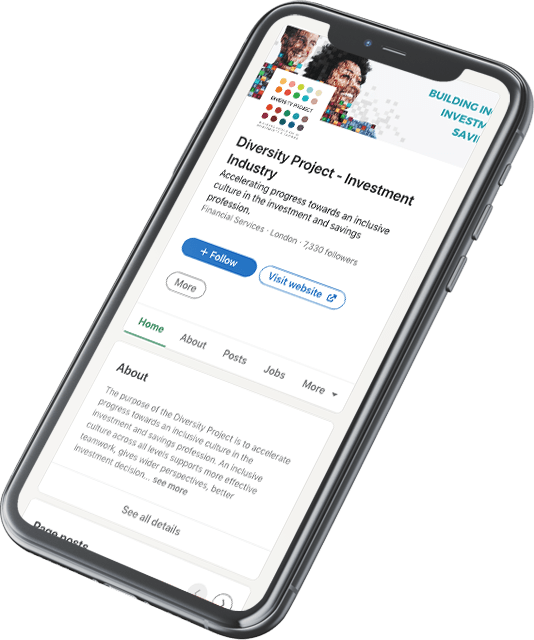In a recent FT interview, Legal and General’s Helena Morrissey said the impetus to get more women to the top of the asset management industry and onto corporate boards has stalled. It’s worrying when one of gender diversity’s most tireless campaigners notes a sense of fatigue in the cause, given that the asset management industry’s lack of female investment talent remains such a critical issue, not only morally but also for its own long-term success.
It’s also worrying because she’s got a point. In the last year the majority of our investment placements have been male (despite the gender diversity within all of our shortlists); two thirds of Lutyens Advisory’s total placements have been male versus one third female, and although some of those were in distribution, most of our female hires have been in marketing and human resources. And the misogynist narrative continues. Only recently we heard that one of our female candidates for an investment role “interviewed too well” and was presumed to have been “coached by her husband,” a hedge fund manager. Fixing asset management’s gender diversity problem is a Herculean task, but it’s also time to remind ourselves that changing the way the sector works and recruits isn’t insurmountable.
Flexibility
Asset management needs to proactively address its work-life balance and introduce flexible working practices both to convince women from the outset that it’s a career they can combine with any future family, and to persuade the thousands who fall away after having children that they can re-enter the profession without committing full-time. It’s starting to happen: Black Rock is running a pilot returner programme and The Buy-Side Club is compiling a database of returners. Elsewhere firms and networks like 9-2-3, Women Returners and The Return Hub have sprung.
We’re not saying that a full-time investment role would be easy to fill on a part-time basis, similarly distribution roles come with 24/7 client demands and lots of travel, particularly in the institutional space. But it’s possible to make flexible work part of the culture, following in the footsteps of other industries such as tech, customising roles, creating job shares and facilitating days working from home.
It would require re-evaluation of historic measures of output and success, not based on employees being ever present in the office. It also needs support from colleagues and teams who aren’t working mothers themselves but who are prepared to scrap the 7.30am meeting and help build a working style and philosophy that is determined to tackle the ‘jacket on the back of the chair’ culture. And the unconscious bias inherent in the industry which favours the candidate who can work traditional hours over the one who can’t.
An important pillar here is to offer flexibility to all employees across the business. As M&G’s chief executive Anne Richards noted, men in the industry feel “chained to their desk” by the same stigma attached to paternity leave and flexible working patterns as women and need more choice. Changing working structures across the board will also help engrain the belief that flexible hours and remote working does not hinder productivity or success.
If You Can’t Measure It
Asset management can’t tackle its gender imbalance until firms begin to gather data around the gender split of their internal staff, retention rates, internal promotions and pay scales. We know few do. The process, and the telling patterns it uncovers, will focus firms’ minds on the task ahead, the same way new rules that organisations with over 250 staff must now report their gender pay gap has forced companies to confront that issue. Data in hand, they can put in place the recruitment processes to address the imbalances with the help of beliefs, head hunters, shortlists and targets: AXA now has a companywide target for women to fill 40 per cent of its senior roles by 2020.
Targets and quotas run the risk of being a form of tokenism and the best candidate should always be hired for the role, irrespective of gender. We would also argue however that although asset management isn’t quite the culture of The Wolf of Wall Street anymore, it is still an industry designed by men for men. It means women aren’t even in the running for some roles and a female quota embedded in a search or within a short list would start to help. A recent study by Aviva found that only a quarter of fund managers would be prepared to introduce gender related targets for recruitment.
Kids in the Door
Nothing will change until more women choose a career in asset management in the first place. Firms need to actively target women at entry level by going into schools and universities. They need to look at their brand and corporate image, careers pages and job descriptions and evaluate if the message coming through is still old-fashioned and patriarchal, and think about using presentations and language that appeal to women – particularly in male-dominated sectors like hedge funds and alternatives. Witness when UC-Berkeley changed the title of its introductory computer science course to “The Beauty and the Joy of Computing”, female enrolees outnumbered male for the first time ever.
From the Top
This bottom-up approach needs to be accompanied with senior leadership and board buy-in so that a mindset that prioritises gender diversity filters down through every level. According to Fidelity Investment’s Director of Diversity and Inclusion Ann Lorbes’ LinkedIn profile, her role spans driving the business case for diversity, developing a company-wide diversity strategy, educating on unconscious bias and helping shape the Fidelity brand. How many other assets managers have recruited this kind of leadership? Very few.
Asset owners continue to push their managers on diversity and the problem gets more airtime than ever thanks to initiatives like The Diversity Project, City Hive, the CFA Society’s Diversity Network, 100 Women in Finance and corresponding endeavours in Europe and the US – all supported by a roster of big names in the industry. At Lutyens Advisory we are working on a project that identifies female talent in the investment space. Thanks to individuals like Morrissey everyone knows the extent of the problem; it’s now time for actions focused on recruitment and working practices to solve it.





